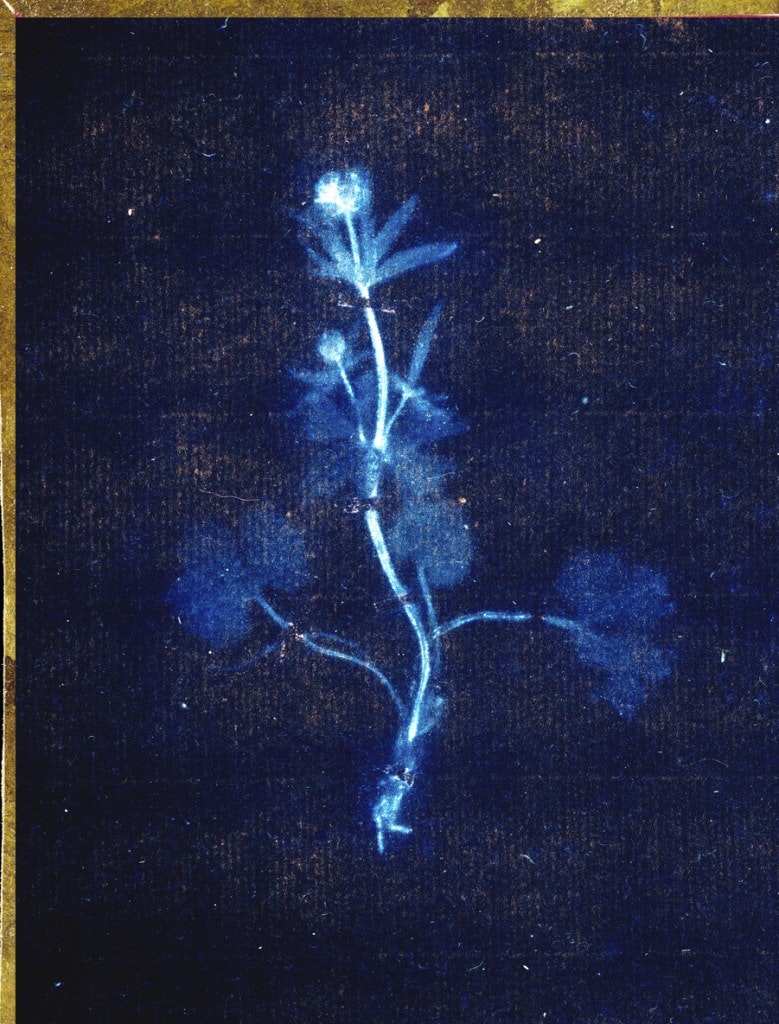Um leque diverso de espécies de plantas são alvo das Bioperversidades do artista antropólogo Stéphane Malysse. Submetidas a métodos de dilaceramento e tortura que remetem hora às acusações de Nuremberg e hora à tratamentos estéticos, as folhas ressecadas em exposição transformam-se em indivíduos vegetais mutilados e tingidos, formas sem vida em relação simbiótica com alfinetes e absorventes – objetos de contemplação.
Uma das séries em exposição, o Herbário de Jean-Jacques Rousseau - 1772, consiste de fragmentos originais do herbário de Rousseau, oferecidas ao artista por um colecionador suíço anônimo. A partir da ação do artista e adaptação ao publico contemporâneo, essas plantas secas (arrancadas pelas mãos do próprio filósofo da Natureza) assumem o papel de vítima do homem natural, um ser de sensações, que, de acordo com a definição de Rousseau, não é um “lobo” para seus companheiros. Revisitam-se nas imagens compostas as implicações da razão enquanto instrumento social e o posicionamento combativo do filósofo em relação à teoria do estado de natureza hobbesiano (o Homem como o lobo do Homem).
Na sequência de uma produção intelectual e política que lhe condenou muitas vezes ao exílio , Rousseau passa a levar uma vida retirada e solitária. Por opção, ele foge dos outros homens e vive em misantropia. Nesta época, dedica-se à natureza. Seu grande interesse por botânica o leva a recolher espécies e montar um herbário, na tradição enciclopédica da qual foi o precursor. Frequentemente, o filósofo do iluminismo coletava plantas em seus passeios solitários. De volta à sua casa, escrevia longas cartas inspiradas para Madame Delleserre ou Madamemoiselle Broye-de-la-Tour, que enviava com essas plantas secas prensadas, extraídas de sua coleção particular.
Ao dar cor e vida às Fucus ou Mousse Marine, à L’Hépatique des jardins, ao Renoncule à tresse d’Or e à Courroyette, o artista amplia sua tendência ecológico-sádica e se aventura nos territórios visuais da sedução romântica – sedução proposta por Rousseau às Madames e Madamemoiselles francesas do séc. XVIII e de Stéphane Malysse às Madames consumidoras de arte contemporânea do séc. XXI.
A galeria recebe séries, vídeos, uma instalação e um site specific do artista, além de seu Manifesto da Bioperversidade. Herdeiro do sadismo, dos românticos e das luzes, o discurso satírico-biobárbaro de Malysse desfila sobre uma ideia notável: o explicitamento das práticas de aprisionamento, consumo, desfiguração e pretenso aperfeiçoamento das formas da natureza.

Renoncule à tresse d’Or - Malysse&Rousseau, 2013
-
A great diversity of plant species are the target of the bioperversités1 of the artist-anthropologist MALYSSE. Subjected to the multiple methods of dilaceration, to Nuremberg-like tortures and to advanced aesthetic treatments, the dried-exposed plants are transformed into plant-mutilated individuals, repainted as in certain funeral rites, without life. (...)
The Herbarium of Jean-Jacques Rousseau victim of the Bioperversité, 1772- 2012, consists of original fragments of the herbarium of Rousseau, offered to the artist by an anonymous Swiss collector. Through a creative-destructive process adapted to the public of contemporary art, these taxidermies of plants (wrested from their environment by the great philosopher of Nature) assume their role of victim of the natural man, a being of sensations which, according to Rousseau, can not become a wolf for his own congeners ... In the lineage of an intellectual and political production that has often condemned him to exile, Rousseau exposed himself to a secluded and solitary life. By option, he flees the company of other men and becomes misanthropic. At that time, he took pleasure in Nature: his great interest in botany and his passion for biodiversity led him to harvest many species and, in the encyclopedic tradition, to build a herbarium. In his solitary walks, he collects the plants, which he will then offer with his letters, dried and pressed like his feelings, to all the women who, like Madame Delleserre or Mademoiselle Broye-de-la-Tour haunt her heart.
By reinvigorating color and life in the Fucus or Mousse Marine, in the Hepatic gardens, Buttercup Buttercup and small Courroyette, the artist amplifies its sadistic-ecological tendency and ventures into the visual territories of the romantic seduction - seduction proposed by Rousseau to the women of the 18th century and by MALYSSE to collectors of contemporary art of the 21st century.
The Maëlle Galerie confronts the bioperversité series with the series of family bioperversités through a selection of photographs and videos of the artist, works totally inspired by his Manifesto of Bioperversity. Heir to the Libertine and Sadique traditions of the Romantics of the XVII, the satyric-barbarous discourse of MALYSSE puts the finger on a strong idea: to explain the practices of imprisonment, consumption and disfiguration contemporary seeking to perfect the forms of Nature.
1Néologisme de influence lacanienne, in english: Bioperversity.
mariana coggiola
.
http://www.maellegalerie.com/f...
